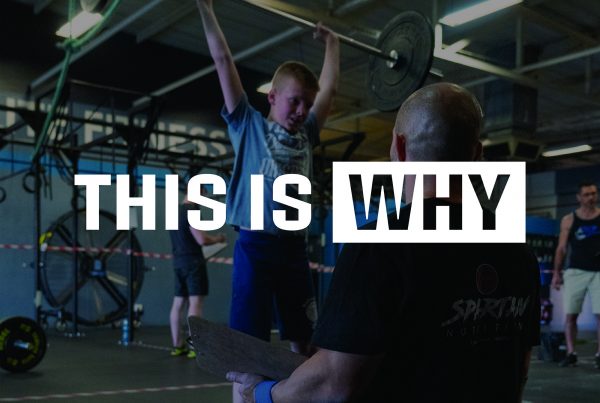Methods for Strength Development
Written by Lynda McCabe
I have often heard someone say in a conversation “Oh man, I need to get strong!”, but what does that actually mean, and what is the ultimate goal: to gain size, strength, or power?
To understand the difference we need to look at each aspect individually and determine the best way to train using the proven methods for developing each of these three qualities.
If you have been around and have been training in any sense for a while, you will know that training like an Olympic lifter won’t necessarily increase the size of your muscles, and similarly, training like a bodybuilder won’t necessarily increase your strength.
While there are common threads that weave through each training protocol, understanding their similarities, differences, and how they relate to one another will make you better equipped to reach your goal.
Here are some of the differences between training for size, strength, or power.
Training for Size
Increasing muscle size, also referred to as hypertrophy, is generally the goal of most individuals just starting out with a lifting program. But many, because they do not understand the subtle differences go about this type of training all wrong.
Hypertrophy training calls for fatiguing muscle fibres, which after proper rest and recovery, causes the muscle to grow larger.
Progression can either be achieved through a higher exercise density (more volume of training in the same amount of time or the same volume of training in less time), increased reps with the same loads, or higher loads with the same number of reps.
To simplify, if you are training for the sheer purpose to build muscle and reshape your physique, then you need to fatigue the muscle with moderate reps, plenty of volume, and short rest periods. Your focus should be the muscle working (muscle-centric) versus the load lifted (weight-centric).
Training for Strength
Training for pure strength is a different kettle of fish!
Also referred to as low-speed strength, the goal here is to move maximal or submaximal loads from point A to point B.
Moving weight at a moderate speed is recommended, since the goal is to develop a high level of overall body strength with heavy loads.
Power, on the other hand, relies almost exclusively on speed of the lift – which we will get into later.
Pure strength athletes (Powerlifters, for example), those in need of more strength for their sport, or anyone interested in raw strength, are interested in performance and typically have little interest in aesthetics. Methods for increasing strength overlap somewhat with hypertrophy training, specifically regarding progression, but the goal here is purely performance based.
The loads and volumes used in strength training are relative to the individual’s abilities and dependent on the goals of the program. That is why benchmark numbers such as your 1-rep max (1RM) back squat, deadlift and shoulder press, are important.
For pure strength gains you will train in the 2-6 reps range using loads of 85% and higher of your 1RM with long rest periods of 2-5 minutes between sets. Those percentages are required to stimulate physiological and neural adaptations for strength, and the long rest prevents fatigue.
Training for Power
Power training, also referred to as high-speed strength, can take many forms depending on the goals of the individual and the demands of the sport. The ultimate goal is to move large loads quickly. So while strength training develops your ability to produce maximal force, power training develops your ability to produce maximal force in minimal time.
Although training for power is often associated with the Olympic lifts, it encompasses many other exercises such as plyometrics (bounding and jumping) and interval based sprint work. You also shouldn’t rely on heavy loads quickly to develop power – moving light loads quickly is essential for improving the body’s ability to produce maximal force in minimal time.
Power training, much like strength training, calls for longer rest periods (2-5 minutes), a low rep range (1-5) on relatively heavier loads, moderate reps (5-10) for lower loads, jumps and throws, and a low-to-moderate numbers of total sets (3-5).
Conclusion
The training methods used to develop strength and power, and to enhance muscle size, all interact. Training for strength will improve muscle size, power work will improve your strength, and a better muscle size will result in better strength.
Because we’re aiming to develop a broad-based fitness, we use all these methods, and then more, in the CFJ programming. So now you have a slightly better understanding of some of the strength work we program!
Just as Imtiaz said in a previous article, if you feel like you need to get stronger, you probably need to start with attacking strength workouts more. That means, lifting more and recovering better. But if you do feel stuck, chat to a coach about personalised programming to get you the results you seek.



